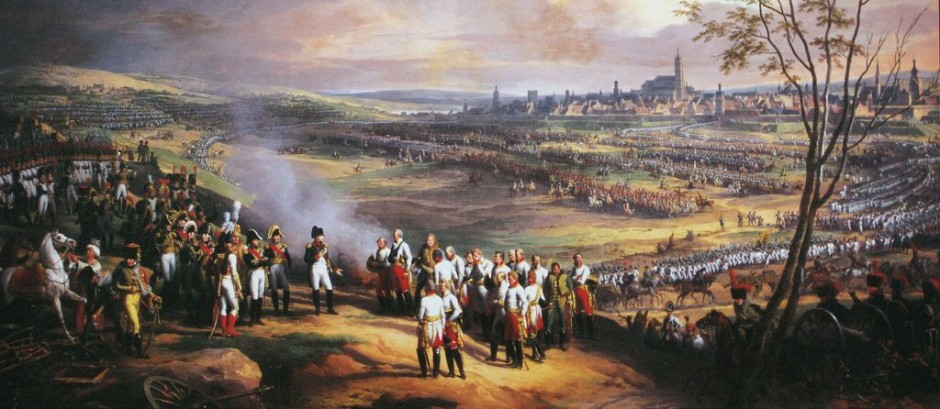Honors Students will be able to…
ANALYZE EVIDENCE…
- Explain the relevance of the author’s point of view, author’s purpose, audience, format or medium, and/or historical context as well as the interaction among these features, to demonstrate understanding of the significance of a primary source.
- Evaluate the bias, reliability, usefulness, and/ or limitations of a primary source in answering particular historical questions.
INTERPRET DOCUMENTS…
- Analyze a historian’s argument, explain how the argument has been supported through the analysis of relevant historical evidence, and evaluate the argument’s effectiveness.
- Analyze diverse historical interpretations. Demonstrate understanding of and use of historiography.
COMPARE & CONTRAST…
- Compare diverse perspectives represented in primary and secondary sources in order to draw conclusions about one or more historical events.
- Compare different historical individuals, events, developments, and/ or processes, analyzing both similarities and differences in order to draw historically valid conclusions. Comparisons can be made across different time periods, across different geographical locations, and between different historical events or developments within the same time period and/ or geographical location.
CONTEXTUALIZE…
- Situate historical events, developments, or processes within the broader regional, national, or global context in which they occurred in order to draw conclusions about their relative significance.
SYNTHESIZE…
- Make connections between a given historical issue and related developments in a different historical context, geographical area, period, or era, including the present.
- Make connections between different course themes and/or approaches to history (such as political, economic, social, cultural, or intellectual) for a given historical issue.
ANALYZE CAUSES AND EFFECTS…
- Explain long and /or short-term causes and/or effects of an historical event, development, or process.
- Evaluate the relative significance of different causes and/or effects on historical events or processes, distinguishing between causation and correlation and showing an awareness of historical contingency.
ANALYZE PATTERNS OF CONTINUTY AND CHANGE OVER TIME…
- Identify patterns of continuity and change over time and explain the significance of such patterns.
- Explain how patterns of continuity and change over time relate to larger historical processes or themes.
ANALYZE HISTORICAL PERIODS…
- Explain ways historical events and processes can be organized into discrete, different, and definable historical periods.
- Evaluate whether a particular event or date could or could not be a turning point between different, definable historical periods, when considered in terms of particular historical evidence.
- Analyze different and/or competing models of periodization.
CREATE AND DEFEND AN ARGUMENT…
- Articulate a defensible claim about the past in the form of a clear and compelling thesis that evaluates the relative importance of multiple factors and recognizes disparate, diverse, or contradictory evidence or perspectives.
- Develop and support a historical argument, including in a written essay, through a close analysis of relevant and diverse historical evidence, framing the argument and evidence around the application of a specific historical thinking skill (e.g., comparison, causation, patterns of continuity and change over time, or periodization).
- Evaluate evidence to explain its relevance to a claim or thesis, providing clear and consistent links between the evidence and the argument.
- Relate diverse historical evidence in a cohesive way to illustrate contradiction, corroboration, qualification, and other types of historical relationships in developing an argument.
